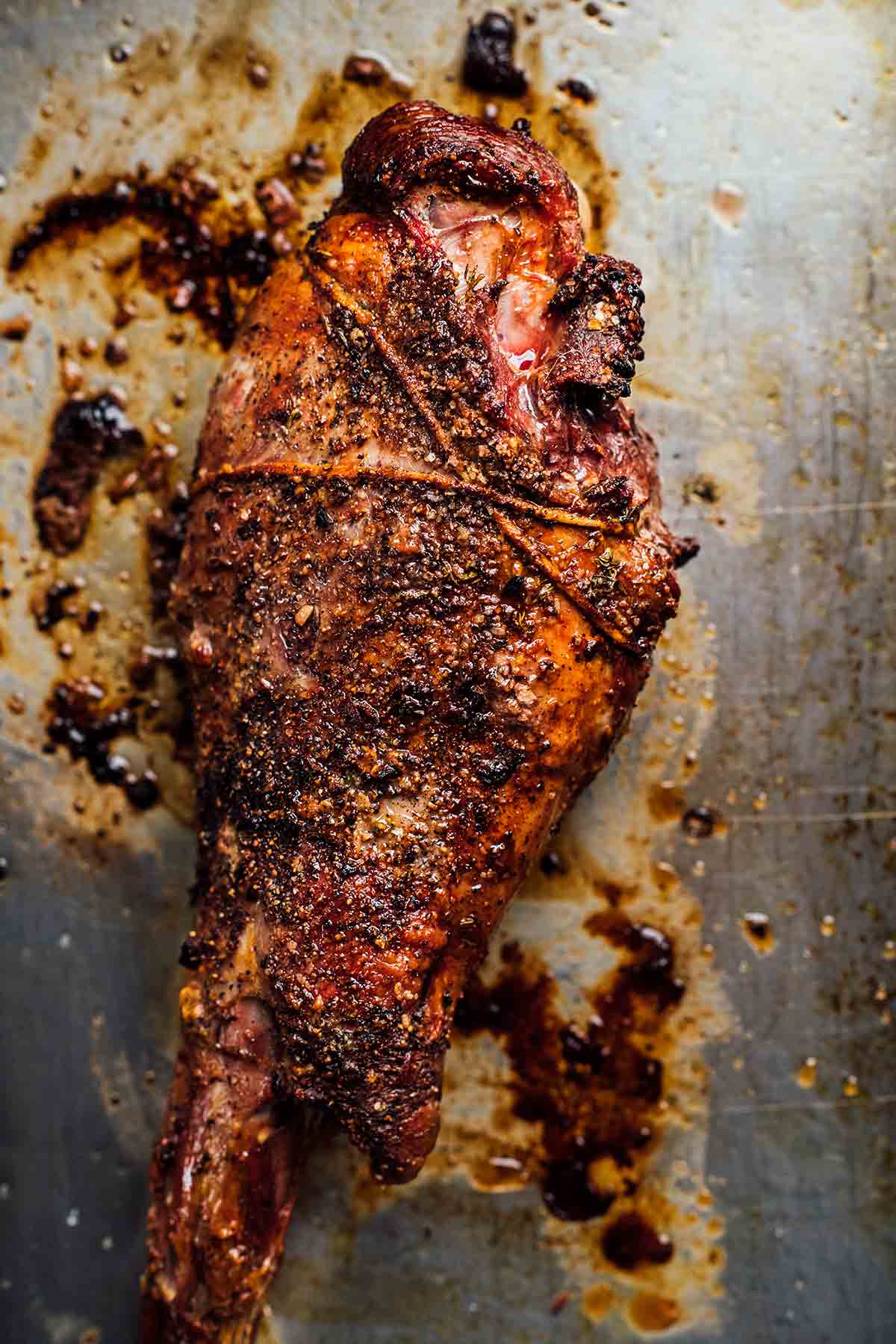
Forget any fear you might have about cooking a whole roasted leg of lamb. This recipe includes an ingenious red wine brine that guarantees tender, flavorful results. Don’t be dismayed by the amount of garlic going on here. Simply get out your food processor and anticipate the garlicky goodness that takes this exceptionally tender lamb to the next level.
More comforting lamb recipes
Want to save this?
Write a review
If you make this recipe, or any dish on LC, consider leaving a review, a star rating, and your best photo in the comments below. I love hearing from you.–David
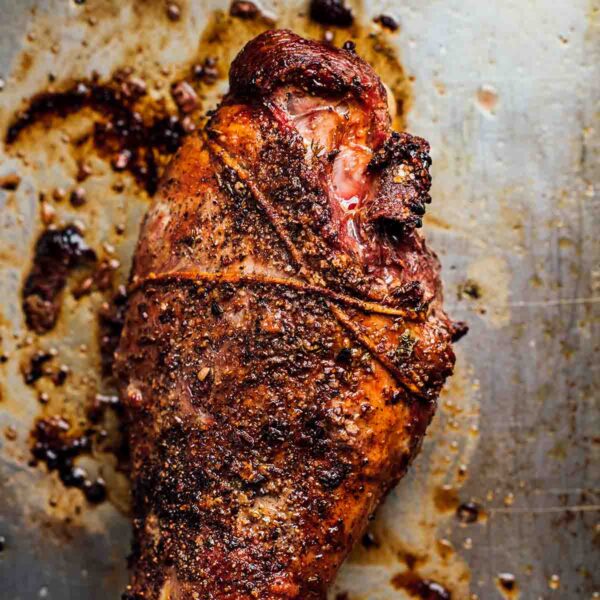
Red Wine Garlic Roasted Leg of Lamb
Equipment
- 4-gallon (or larger) food-safe container (available at a restaurant supply store or online) or small cooler Butcher twine or kitchen string, about 4 feet, optional
Ingredients
For the brine
- 2 tablespoons thyme leaves
- 2 tablespoons rosemary leaves
- 30 cloves garlic, peeled
- 1 large sweet onion, peeled and quartered
- 8 cups cold water
- Two bottles full-bodied, dry red wine, such as Cabernet Sauvignon (modestly priced works fine)
- 2 cups kosher salt, preferably Diamond brand (*NOTE: we recommend weighing your salt as crystal size varies)
- 2 tablespoons whole black peppercorns, toasted if desired
- 1 teaspoon crushed red pepper flakes
- 8 bay leaves
- Enough ice water (about 17 cups) to equal 3 gallons after combining with the simmered brine mixture
- One (5-pound) bone-in leg of lamb
For the roasted leg of lamb
- 20 cloves garlic, half left whole and half minced (optional)
- 2 teaspoons mild vegetable oil
- 5 teaspoons kosher salt
- 4 teaspoons finely ground black pepper
Instructions
Brine the lamb
- In a food processor fitted with the steel blade, combine the thyme, rosemary, garlic, and onion and process until finely chopped.
- In a 6-quart pot over high heat, combine the herb mixture, water, red wine, salt, toasted black peppercorns, red pepper flakes, and bay leaves. Bring to a boil. Reduce the heat to low and simmer, uncovered, for 20 minutes.
- In a food-safe vessel (4 gallons or larger), add the hot brine and about 17 cups ice water to get to exactly 3 gallons (48 cups) of liquid. Give the mixture a good stir.
- Submerge the leg of lamb in the brine. Cover and refrigerate for 24 hours, stirring again halfway through.
- Remove the leg of lamb from the brine and pat it dry. Place the leg of lamb on a large rimmed baking sheet or in a large casserole dish and leave at room temperature for 1 to 2 hours
Roast the lamb
- Preheat the oven to 400°F (200°C).
- If using the garlic, use a large boning knife to cut twenty 1-inch- (2.5-cm-) wide incisions up and down the leg of lamb and all the way to the bone, spacing the cuts 1 to 2 inches (2.5 cm to 5 cm) apart. Stuff approximately one clove’s worth of minced garlic in 10 of the incisions and one whole garlic clove in the remaining 10 incisions, being sure to alternate between minced and whole garlic across the entire leg of lamb.
- Rub the leg of lamb all over with the oil, and sprinkle with salt and black pepper.
☞ TESTER TIP: If your leg of lamb has a large flap of flesh and skin attached at the bottom, fold it over to the ball in the joint of the leg, making it look like a uniform piece of meat. Tie the flap in place with butcher twine. (In other words, pull the butt flap over the hip meat and tie it in place.)
- Roast the leg of lamb for 45 minutes.
- Reduce the oven temperature to 350°F (177°C). Flip the leg over and continue to roast until the internal temperature is 135°F (57°C), about 45 minutes more. Begin checking the lamb early to avoid overcooking it.
- Turn the oven off and leave the lamb inside for another 15 minutes to rest.
To serve
- To carve the leg of lamb, use a very sharp knife to slice thin ¼-inch (6-mm) slices perpendicular to the bone and against the grain, like a spiral ham. Be sure to scoop up any garlic bits or cloves and sprinkle them over the sliced meat when serving.
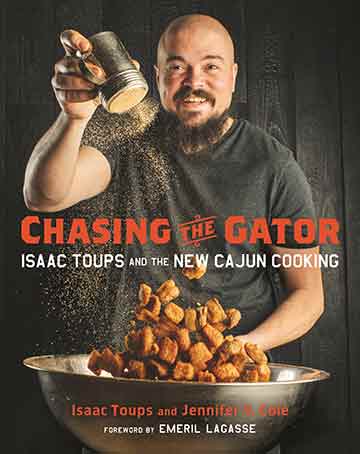
Explore More with AI
Nutrition
Nutrition information is automatically calculated, so should only be used as an approximation.
Recipe Testers’ Reviews
This roast lamb had great flavor, juiciness, and texture. We all loved it.
I had a leg of lamb that had been in the freezer for almost a year, so this was a great project to make use of it. I brined the lamb for 3 days, though, as I couldn’t get to it sooner. And I think it may have been better because of it as I’m not so sure how much a 24-hour brine would have contributed to overall flavor.
I did use my Weber grill as my “oven” by roasting it over indirect heat and it took about the same amount of time as the oven instructions directed, about 1 1/2 hours. I turned it once or twice on the grill.
I have one comment to make about the garlic stuffed in the slits. I felt that the garlic was overpowering, there was a taste of raw garlic that was prevalent. It’s hard to actually cook the garlic when it is buried deep in the meat and your meat is cooked to medium-rare. Many of my dinner guests didn’t mind though. But if I were to make this recipe again I think I would possibly even skip this step, after all, there were 30 cloves of garlic in the brine itself.
It was definitely a struggle to get the meat sliced off the bone, but I think the reward was tender, juicy, not overcooked meat. And also a lamb bone left to make some delicious stock with. I served the lamb with a dish of giganté beans dressed with a sherry vinaigrette with a healthy dollop of Portugesé red pepper paste leftover from the previous recipe test! Yum!
I used a small Playmate cooler for the brining container and some inexpensive Cabernet.
It served 6 people with a bit left over.
I was really happy with this recipe as the lamb come out perfectly.
I used two bottles of Cab Sauvignon (just a cheap local brand) and a new 5-gallon paint bucket with a lid (my favorite thing to use to brine anything). I left the lamb in the brine for 23 hours. This lamb would easily have served 6 to 8 people
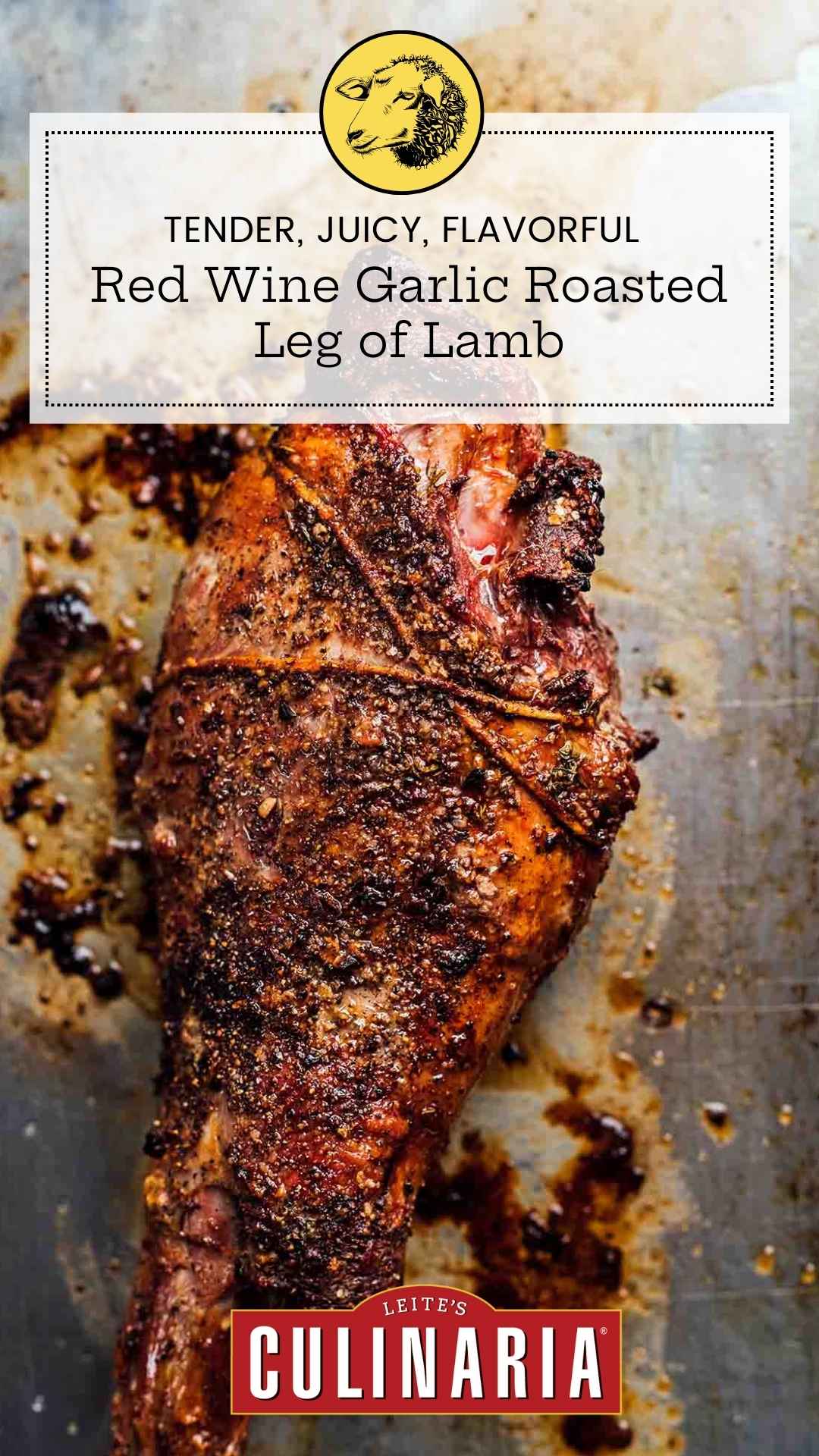
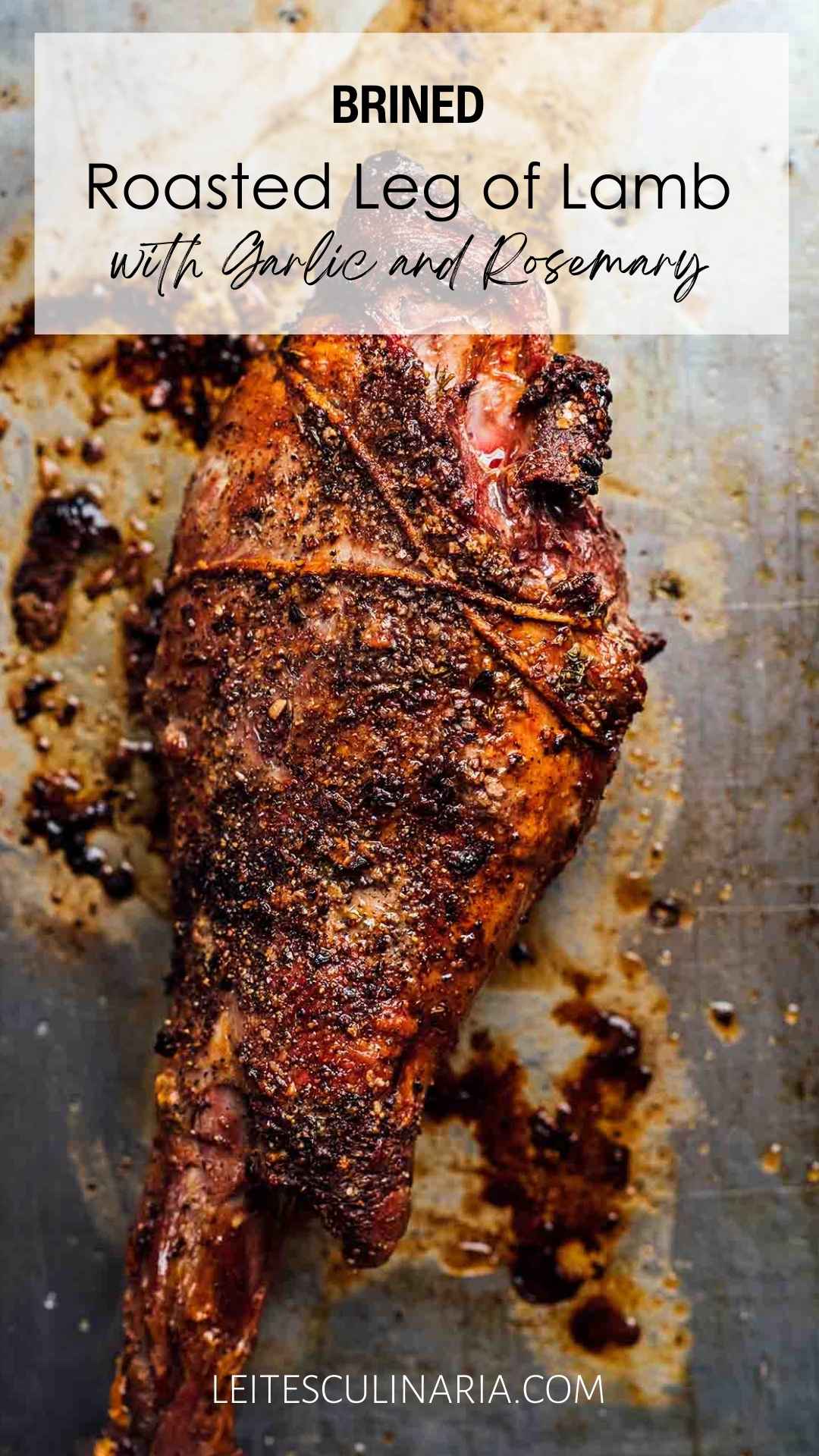
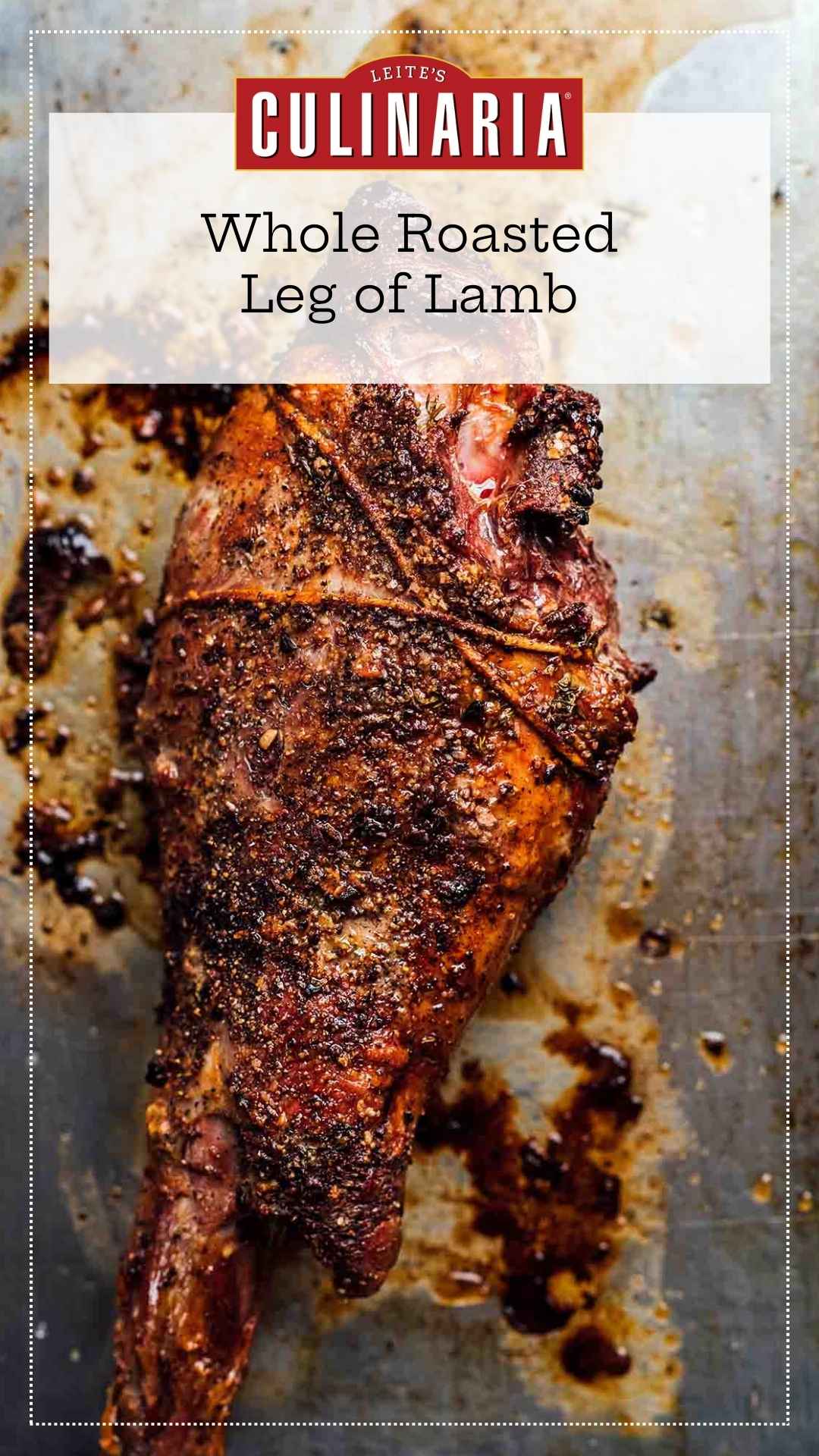
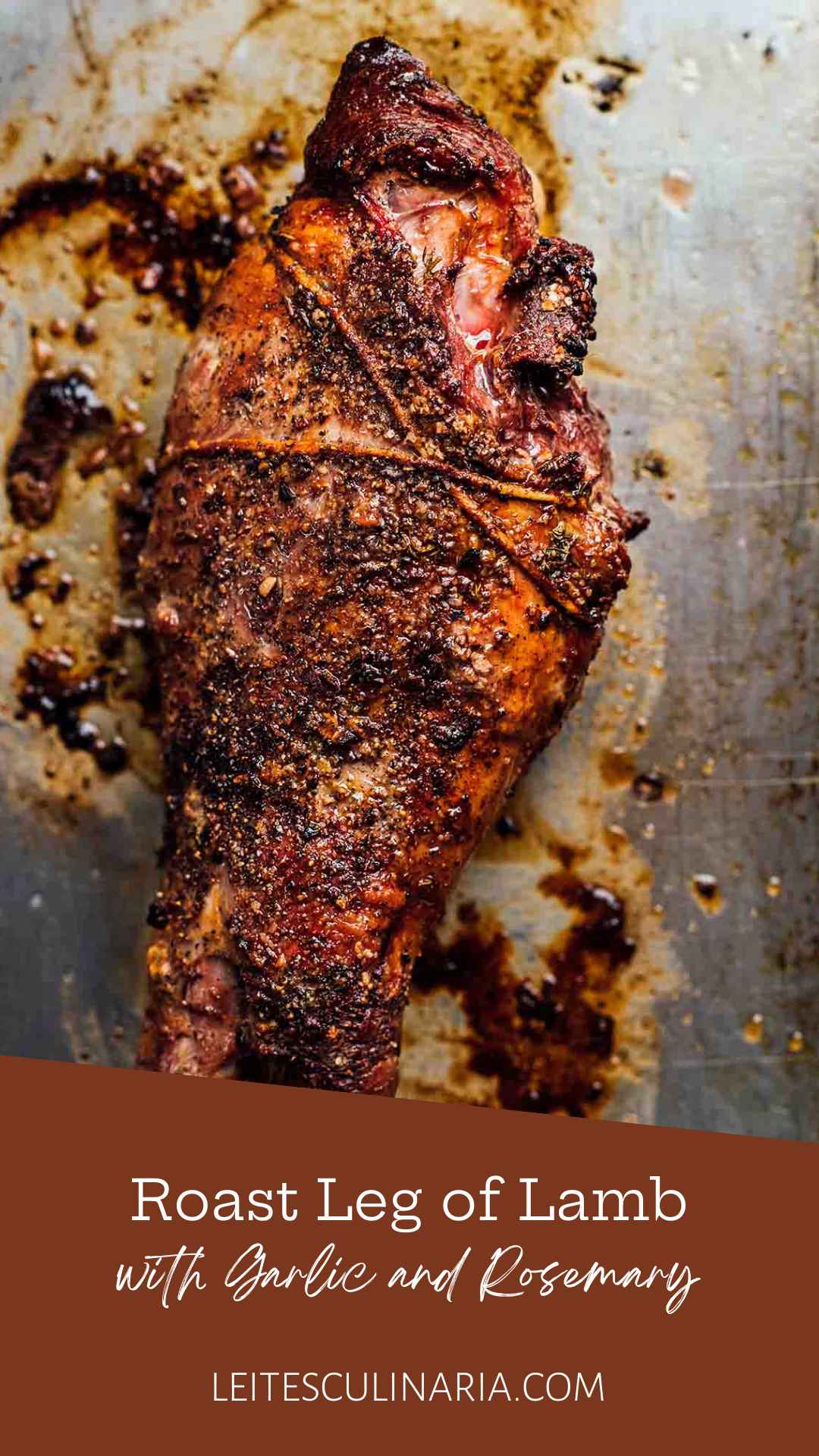
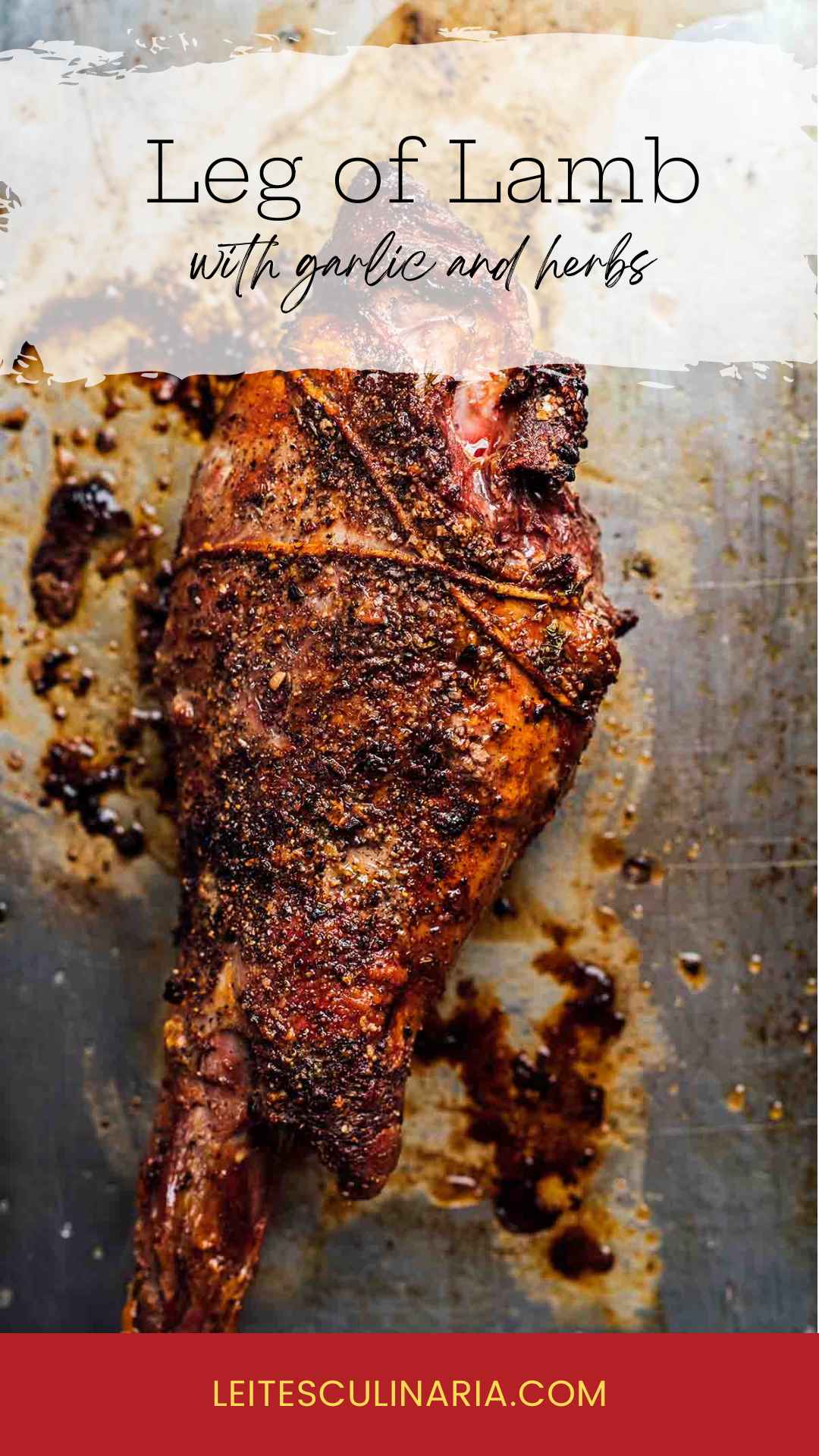
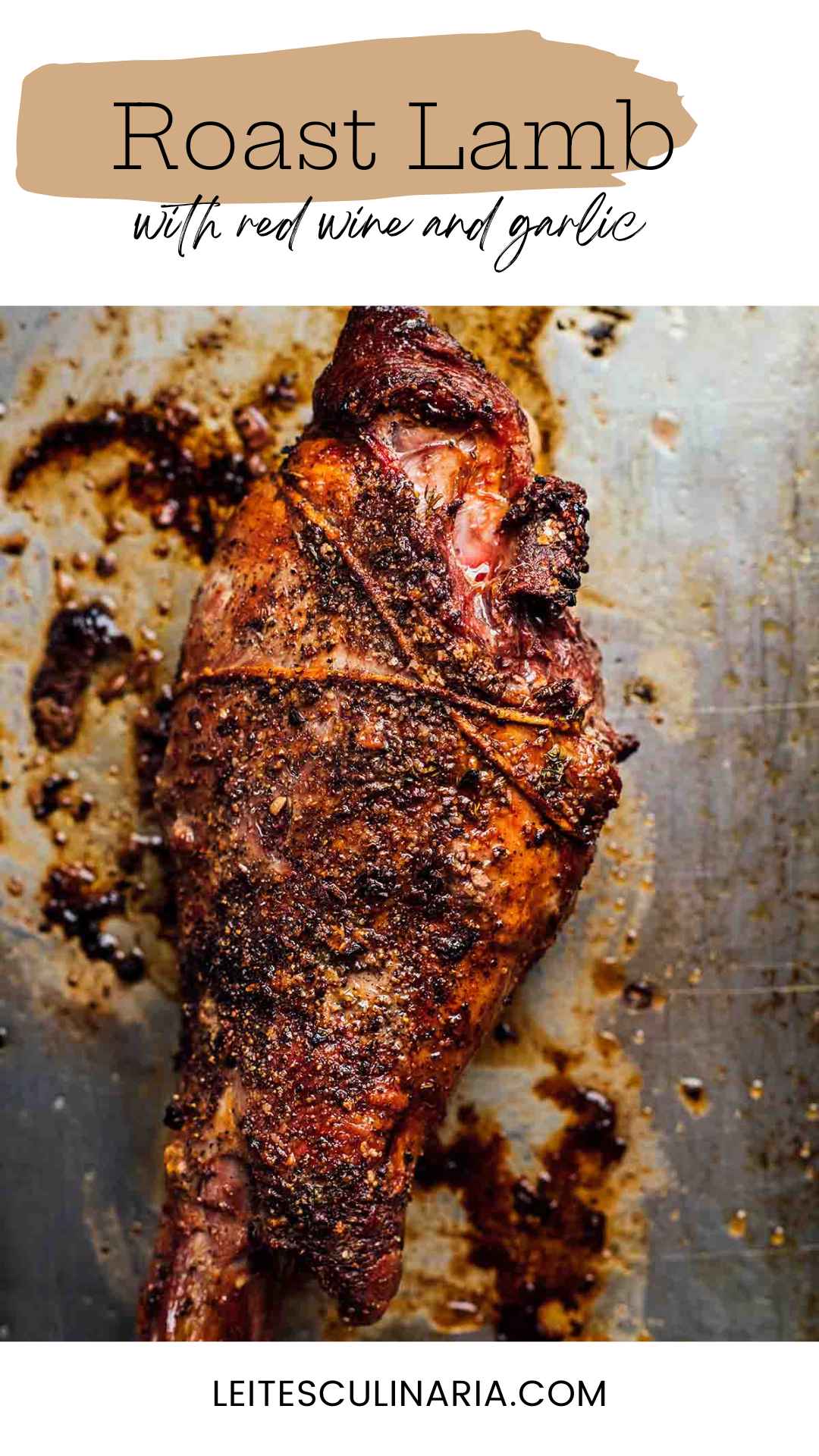
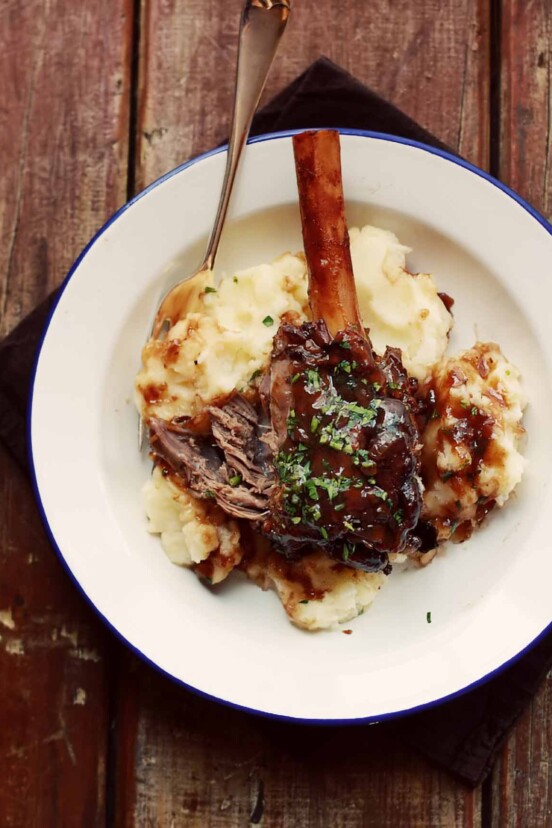
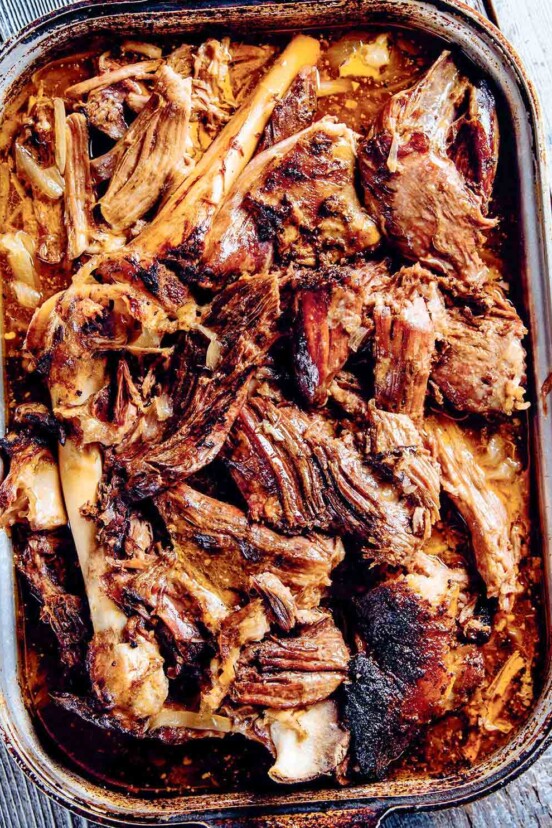
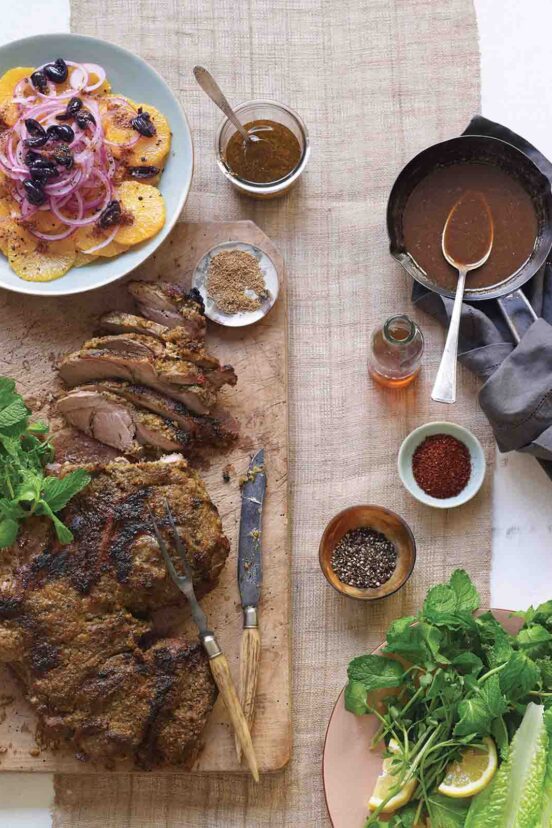













Would this work with a boneless leg of lamb?
Randy, absolutely! A few note: A boneless leg of lamb will cook quicker than the bone-in version. Keep a close eye on it and definitely use a meat thermometer to get it just right. If the lamb isn’t already tied up, grab some kitchen twine and tie it every inch or so—this helps it cook evenly and look nicer on the plate. You could even tuck some fresh herbs in there while you’re at it! Boneless legs are usually smaller, so you might need to scale back the marinade a bit. And just like any roast, give it a good rest after cooking so it’s extra juicy and delicious.
Delicious!
Steve, I’m delighted you enjoyed this. It’s one of my favorites.